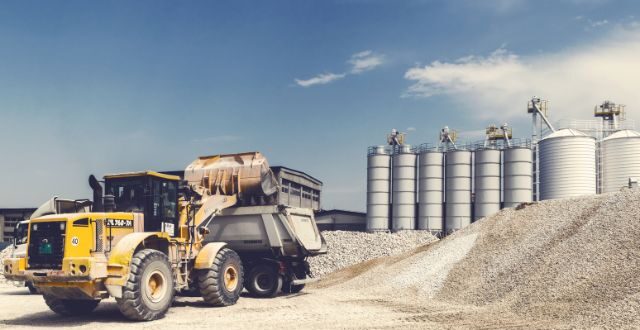The construction industry is continuously evolving, propelled by technological advancements that enhance efficiency, safety, and productivity. Heavy equipment technology has seen significant innovations in recent years, transforming how projects are executed and managed.
From remote-controlled machinery to the use of virtual reality, these advancements are reshaping the landscape of construction and heavy industry. Understanding these technologies is crucial for staying competitive and meeting the demands of new and modern construction projects.
Remote-Controlled Equipment
Remote-controlled equipment has revolutionized the way construction sites operate, offering enhanced safety and precision. By enabling operators to control machinery from a distance, the risk of accidents is significantly reduced, particularly in hazardous environments. This technology allows for precise movements and operations, which are critical in tasks requiring high accuracy.
For example, remote-controlled excavators can perform delicate digging tasks in areas that are unsafe for human operators. Moreover, this advancement improves productivity by allowing work to continue in adverse weather conditions or challenging terrains.
Drones
Drones have become invaluable tools in the construction industry, offering a new perspective on project sites. Equipped with high-resolution cameras and sensors, drones can capture detailed aerial imagery and data, essential for site surveys, inspections, and monitoring progress.
This technology enables construction managers to make informed decisions based on real-time data, improving project planning and execution. Drones are also used for creating accurate 3D models of construction sites, aiding in the design and visualization of projects.
Predictive Analytics
Predictive analytics is transforming the way construction projects are managed by leveraging data to anticipate future events and trends. This technology uses historical data, machine learning algorithms, and statistical models to predict equipment failures, optimize maintenance schedules, and improve resource allocation.
By detecting potential problems before they arise, predictive analytics helps minimize downtime and extend the lifespan of machinery. It also enhances project planning by providing insights into potential delays and risks, allowing managers to make proactive decisions.
Electric Powered Equipment
The shift towards electric-powered equipment is gaining momentum in the construction industry, driven by the need for sustainability and reduced emissions. Electric machinery offers several advantages over traditional diesel-powered equipment, including lower operating costs, reduced noise levels, and zero emissions.
These advantages are especially important in cities where noise and air pollution are significant issues. Additionally, electric machinery demands less maintenance due to having fewer moving parts than internal combustion engines. Companies are increasingly adopting electric-powered machinery for tasks such as earthmoving, material handling, and lifting, contributing to greener and more efficient construction practices.
For instance, electric-powered Machinery Partner concrete mixing plants offer efficient and environmentally friendly solutions for on-site concrete production. As battery technology improves, the range and capabilities of electric equipment are expected to expand, further accelerating their adoption in the industry.
Virtual Reality (VR)
Virtual reality (VR) is making significant inroads into the construction industry, offering immersive experiences that enhance planning, training, and design processes. VR technology allows stakeholders to visualize projects in a virtual environment, providing a realistic sense of space and scale.
This capability is particularly useful in the design phase, where architects and engineers can identify and address potential issues before construction begins. VR is also used for training purposes, allowing operators to practice using heavy equipment in a risk-free virtual setting.
3D Printing
3D printing is revolutionizing the construction industry by introducing new possibilities for building design and fabrication. This cutting-edge technology enables the creation of intricate structures and components with exceptional precision and minimal waste.
By producing building materials directly on-site, 3D printing significantly reduces transportation costs and environmental impact. Additionally, it facilitates rapid prototyping, allowing architects and engineers to swiftly test and refine their designs. One of the key benefits of 3D printing in construction is its capability to produce tailored components that meet the distinct needs of each project.
Augmented Reality (AR)
Augmented reality (AR) is transforming the construction industry by superimposing digital information onto the physical environment, providing real-time data and insights. AR technology allows workers to visualize construction plans and instructions directly on-site, improving accuracy and reducing errors.
This capability is particularly useful for complex installations and assembly processes, where precise alignment and positioning are critical. AR also facilitates better communication and collaboration among project teams by providing a shared visual context.
 khamush.com Lifestyle | Motivation | Poems
khamush.com Lifestyle | Motivation | Poems



